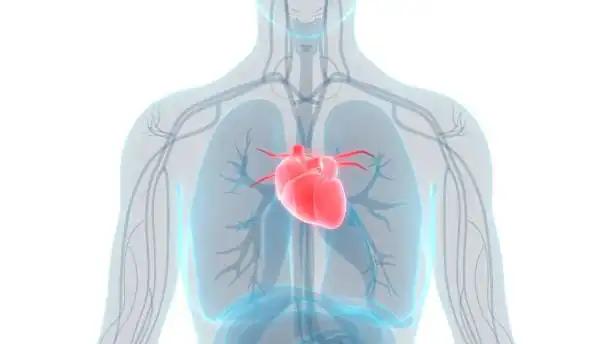KEY TAKEAWAYS
- NADIM II (NCT03838159) is a phase II multi-center, open-label, randomized 2-arm study that sought to evaluate the combination therapy of NIVO+Chemo.
- The study’s primary endpoint is the rate of PCRs as determined by BIPR.
- Results showed that NIVO + chemo exhibit higher pCR, MPR, and ORR.
- TRAEs were observed more in NIVO+Chemo (24%) in comparison to chemo alone (10%)
NADIM II (NCT03838159) is a phase II multi-center, open-label, randomized, two-arm study. Patients with resectable clinical stage IIIA (per AJCC 7th ed) NSCLC were randomized to receive either Nivolumab (NIVO) 360mg + Paclitaxel 200mg/m2 + Carboplatin AUC5 for three cycles every 21 days (+/- 3 days) followed by surgery or Paclitaxel 200mg/m2 + Carboplatin AUC5 for three cycles every 21 days (+/- 3 days) followed by surgery. Adjuvant NIVO was started between the third and eighth week (+7 days) post-surgery in patients with pathologically proven R0 resection and continued for six months. In the study’s intent-to-treat population (ITT), the rate of pathological complete responses (pCRs) as determined by blinded independent pathologist review (BIPR), was the primary endpoint.
Patients who did not have surgery were considered to have not achieved pCR, defined as the presence of 0% viable tumor cells in the lobes of the lung and lymph nodes that were removed. Secondary goals include overall response rate (ORR), toxicity profile, and potential predictive biomarkers in addition to major pathological response (MPR; 10% viable tumor) as determined by BIPR.
Among the 90 patients who joined between February 8, 2019, and November 11, 2021, 87 were considered valid. The pCR rate was higher in the neoadjuvant NIVO + chemo arm than in the ITT (36.2% vs. 6.8%; RR 5.25 [99% CI 1.32-20.87]; P = 0.0071). MPR rates (52% vs. 14%) and ORR (74% vs. 48%) were higher with NIVO + chemo than with chemo alone in the ITT. Overall, 91% of patients treated with NIVO + chemo and 69% of patients treated with chemo underwent definitive surgery, with cancellations due to adverse events (AEs) occurring in very few cases (one patient in the experimental arm) and disease progression occurring in four patients in the experimental arm and two patients in the control arm.
Twenty-four percent of those receiving NIVO + chemo and ten percent of those receiving chemotherapy suffered AEs of grade 3-4. Patients who achieved pCR in the ITT experimental arm had a significantly greater PD-L1 TPS (median 70%, IQR 5-90%) than those who did not (median 0%, IQR 0-37.5%, P = 0.0035). The area under the curve (AUC) for predicting pCR was 0.734 (95% CI, 0.59 to 0.88; P = 0.005). Rates of partial response (pCR) increase when PD-L1 TPS increases (1% 14.3%; 1-49% 41.7%; 50% 61.1%; P = 0.008).
Source: https://meetings.asco.org/abstracts-presentations/208906
Clinical trial: https://clinicaltrials.gov/ct2/show/NCT03838159
Provencio-Pulla, M., Nadal, E., Larriba, J. L. G., Martinez-Marti, A., Bernabé, R., Bosch-Barrera, J., Casal, J., Calvo, V., Insa, A., Aix, S. P., Reguart, N., De Castro, J., Mosquera, J., Benitez, R., De La Rosa, C. G., Palmero, R., Hernando-Trancho, F., Romero, A., Bermudez, A., & Massuti, B. (2022). Nivolumab + chemotherapy versus chemotherapy as neoadjuvant treatment for resectable stage IIIA NSCLC: Primary endpoint results of pathological complete response (pCR) from phase II NADIM II trial. Journal of Clinical Oncology, 40(16_suppl), 8501. https://doi.org/10.1200/jco.2022.40.16_suppl.8501



